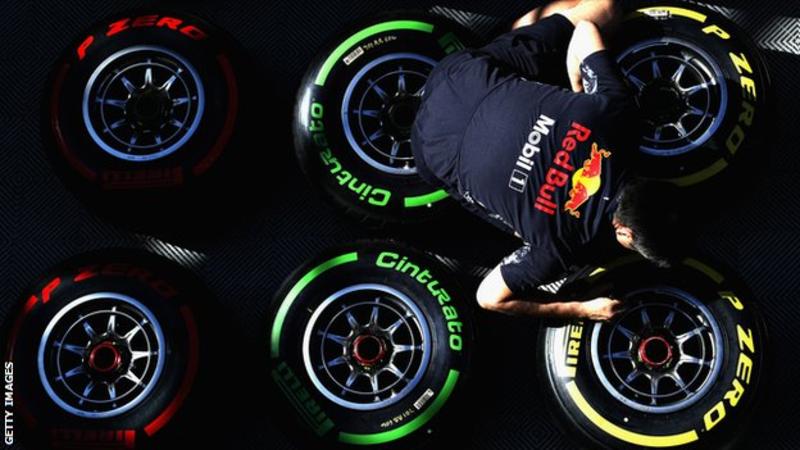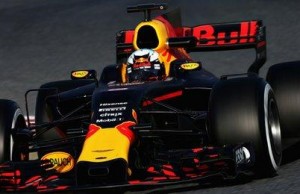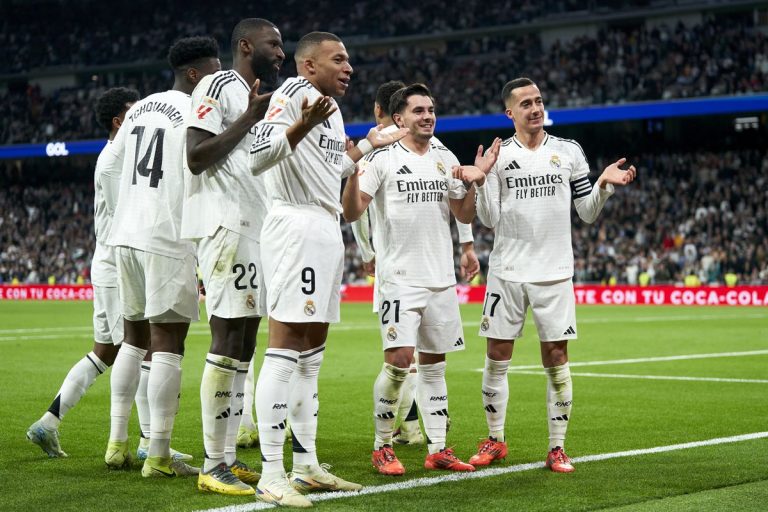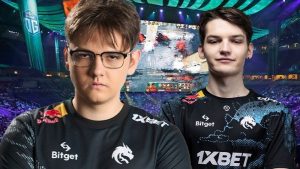The emergency is over. At any rate that is the way it appears on the eve of seemingly the most vital Formula 1 season for quite a while. Following three years in which the game struggled with declining TV gatherings of people, an absence of rivalry on the track, unacceptable autos and an obviously expansive number of disappointed fans, F1 is by all accounts back on track.
The autos that will race without precedent for Melbourne on Sunday are an endeavor to return instinctive excites in a game many felt had lost its direction. “It all started because the drivers were not happy with the grip levels,” says Alexander Wurz.
The course to F1 2017 started two years back, when drivers at long last started to give sorted out voice to a disappointment with the cars that had been developing since Pirelli turned into the game’s tire provider in 2011.
Tires that couldn’t be pushed hard keeping in mind that they hopelessly lost grasp implied drivers needed to lap seconds off the pace in races to squeeze out foreordained perfect spell lengths.
At first, the game’s driving bosses – on the technique gather – thought drivers were stating the cars were not hard to drive. In the end, they understood the message was the cars were “not physically requesting and cool”, as Wurz puts it, “and there was a requirement for something mega.
Sebastian Vettel puts it: “From a driver’s point of view, it’s better pretty much everywhere. Braking is better, cornering is better, you’ve got much more grip.
“Then in low speed, where arguably downforce effect is less, you have wider tyres so the grip from them, it works pretty much like an aspirin, it fixes everything. It’s difficult to compare. It’s a different animal, a different beast.”
Lewis Hamilton said of his Mercedes. “It is definitely the fastest I have ever been in F1.”
“They look cool,” says Red Bull driver Daniel Ricciardo. “They look pretty mean. And low and fat. Kind of old-school. It is going to be fun.”
The lead creators had a basic target – autos that were up to five seconds a lap quicker, that tried the drivers to their physical and specialized points of confinement, which they could drive level out more often than not and which looked, well, attractive once more. In the meantime, surpassing ought not be any harder than it as of now was. “You can see from the tests that the new rules are back to a ratio of power and grip and lap time where a race driver is not always easily at the limit of the car,” says Wurz. “He also has his own limits, which are physical, concentration, respect. That’s a good success for the whole industry.”

















